Action Target LETC 2012 a Great Success
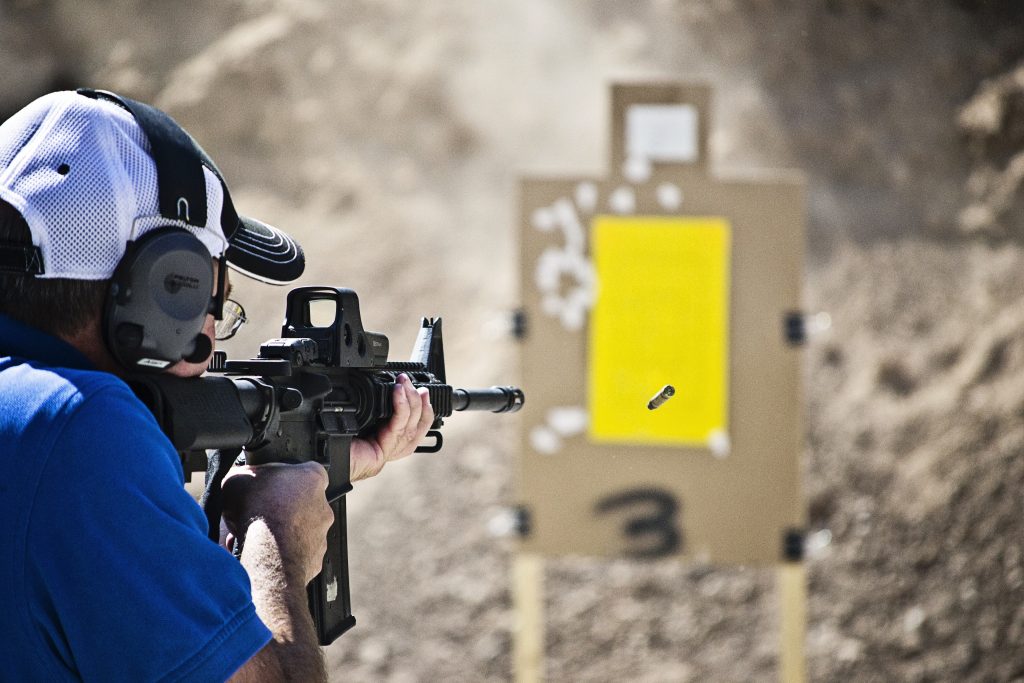
Action Target’s annual Law Enforcement Training Camp ended Friday as instructors and trainees parted ways after another year of advanced law enforcement training. This year’s LETC was attended by 147 law enforcement officers and firearms instructors from across the country and the world. More than 20 states were represented with officers from California and Oregon to Florida and […]
Accuracy After Injury: How Will You React in a Firefight When Suffering from the Symptoms of Shock?
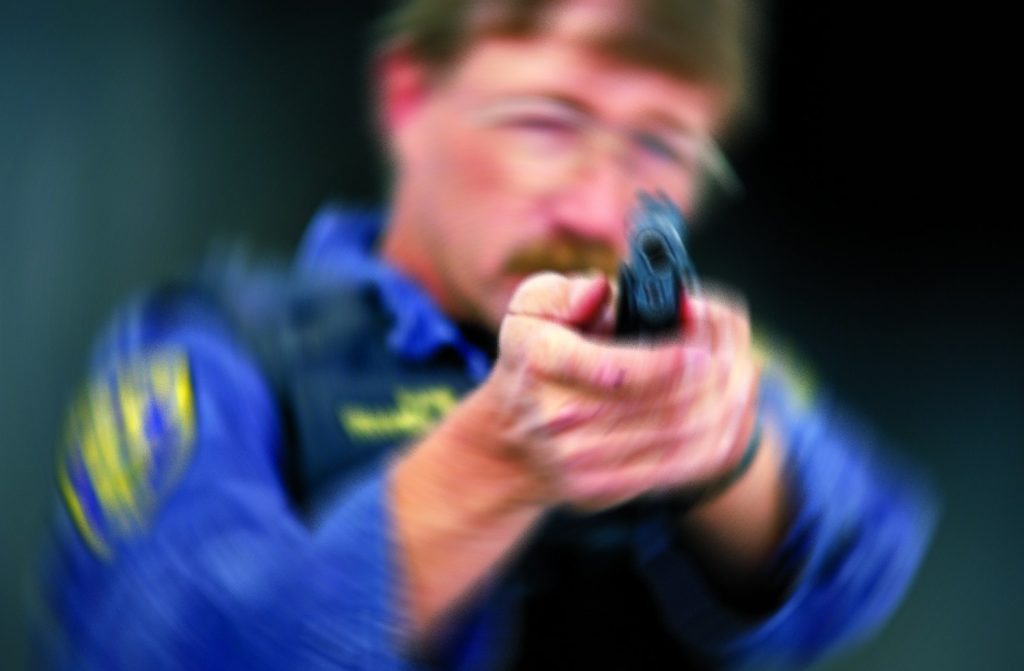
By: Brian C. Smith Editor’s Note: The views in this article are the author’s own and don’t necessarily represent those of Action Target, Inc. Approximately 16 years ago, I had a conversation with an old “salty” veteran police officer over lunch. He was sent by his police agency to attend a firearms class that I […]
10 Ways to Prevent Wildfires While Target Shooting
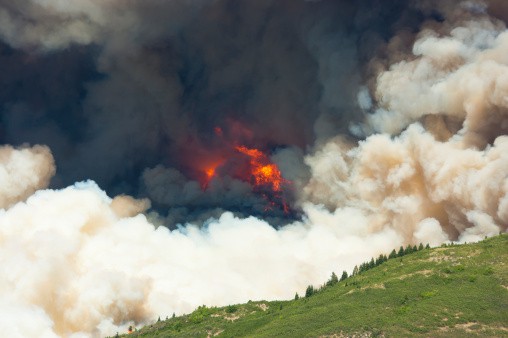
More than 20 wildfires have been started by target shooting this year in Utah alone with dozens more started in Idaho, New Mexico, Arizona, Nevada, and Washington. Many of those fires could have been prevented or stopped had the shooters been prepared. Here is a list of 10 things shooters can do to prevent wildfires […]
Team Building Concepts: Training Exercises That Will Bring Your Team Together
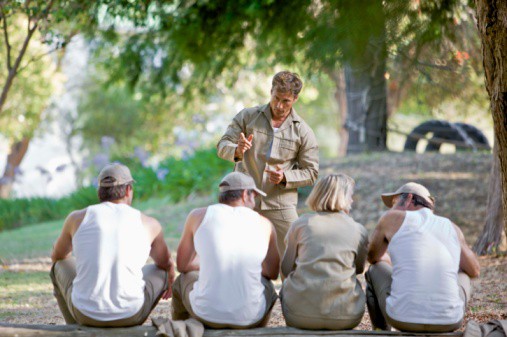
BY SGT. BRIAN C. SMITH Editor’s Note: This article was originally published in S.W.A.T. magazine in September 1999. The views in this article are the author’s own and don’t necessarily represent those of Action Target, Inc. Over the years, I have trained many police and private security officers in tactical-team operations. I find that the […]
Action Target Reveals First Reactive Steel Target Under $50: The Spinning Jack
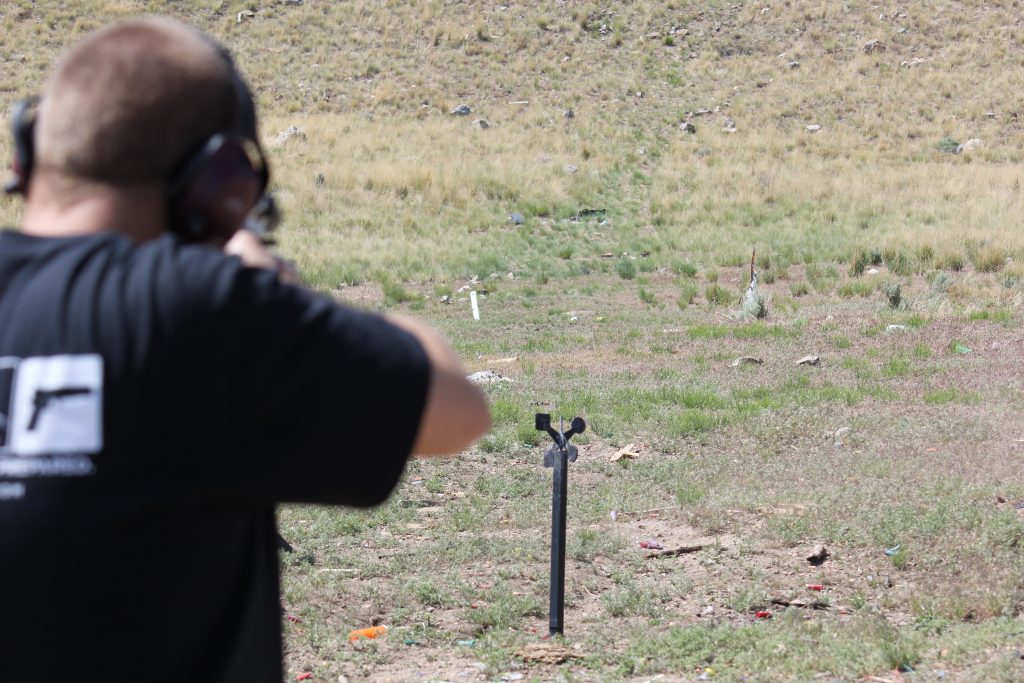
You asked for it, so we’re giving it to you: our first reactive steel target under $50. The Spinning Jack is the perfect target for recreational shooters and families, and at the super low price of $35, it’s affordable on almost any budget. A great portable steel target for shooting with the whole family! The […]
Action Target at the 2012 Bianchi Cup
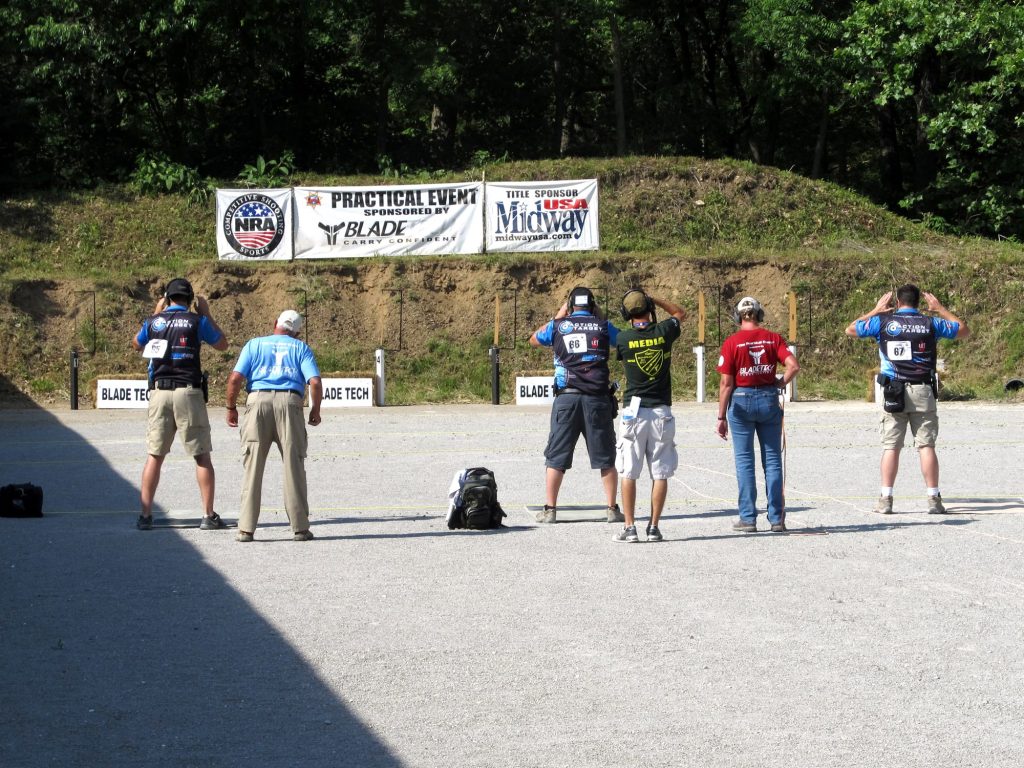
Action Target recently completed one more year as the official target sponsor of the Midway USA & NRA Bianchi Cup. The National Action Pistol Championship, now in its 33rd year, was held in Columbia, MO, and featured many of the world’s top shooters competing for the prestigious cup. Action Target provided products and services again […]
Should I Shoot On Paper or Steel Targets?

There seems to be an ongoing industry-wide debate about which targets are best—paper or steel. While neither one will ever be crowned the ultimate victor, Action Target’s Steel Target Resource Guide gives meaningful insight to outline the strengths and weaknesses of each target type. Paper Shooting on paper is a great way to sight-in rifles […]
Action Target Produces Portable Target Course Book

Firearms instructors and administrators have an obligation to officers and to the public they serve, to do everything possible to ensure their firearms training and qualification programs are all they can be. However, many programs around the country struggle to provide realistic and quality training for their officers and there is often a lack of […]
The Head-Shot Cadence Drill
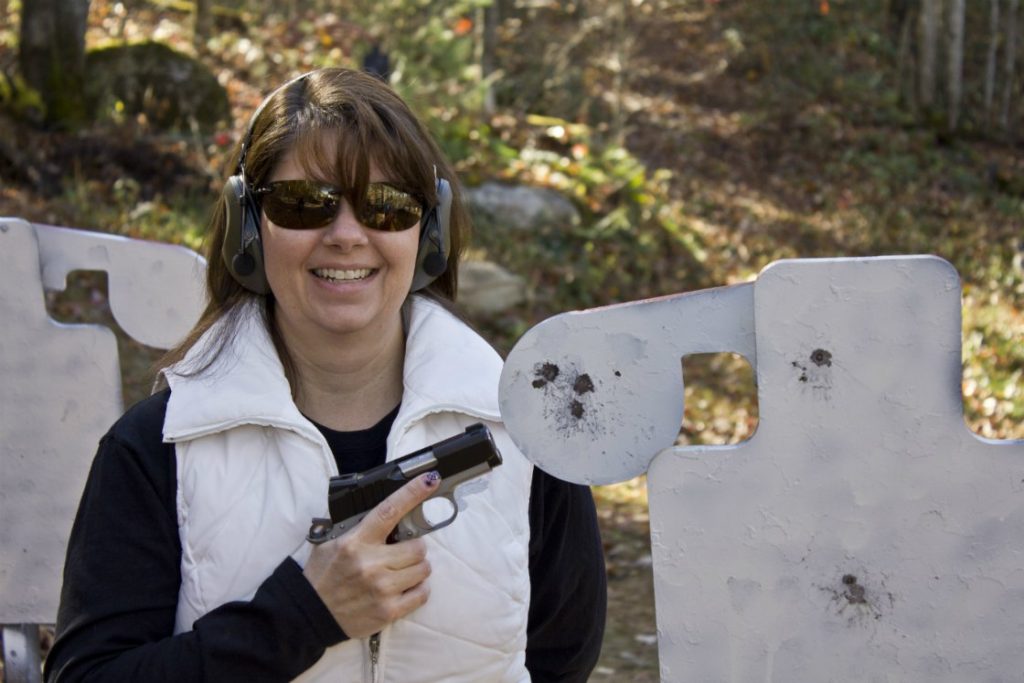
By Richard Mann Editor’s Note: The views in this article are the author’s own and don’t necessarily represent those of Action Target, Inc. Gunsite Instructor Il Ling New believes one of the best ways to train with a defensive handgun is to practice head shots at moderate to extended ranges; meaning as far out as […]
The Muzzle-Discipline Solution
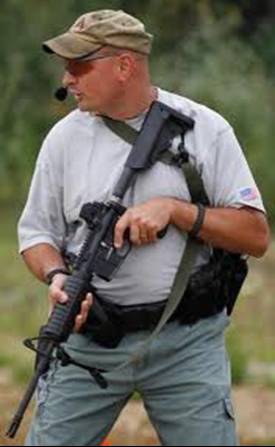
By John Krupa III & John Farnam At a recent Urban Rifle Course held at an outdoor range, a student with the muzzle of her AR (patrol rifle) elevated had a ND (negligent discharge), which put a single 5.56 x 45 bullet over the berm and off-property. The bullet in question subsequently impacted, at a […]